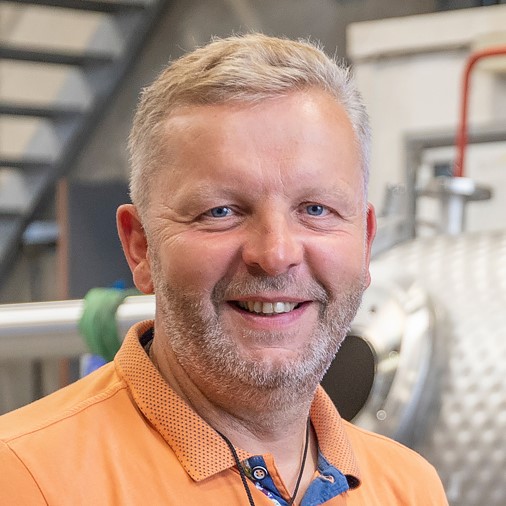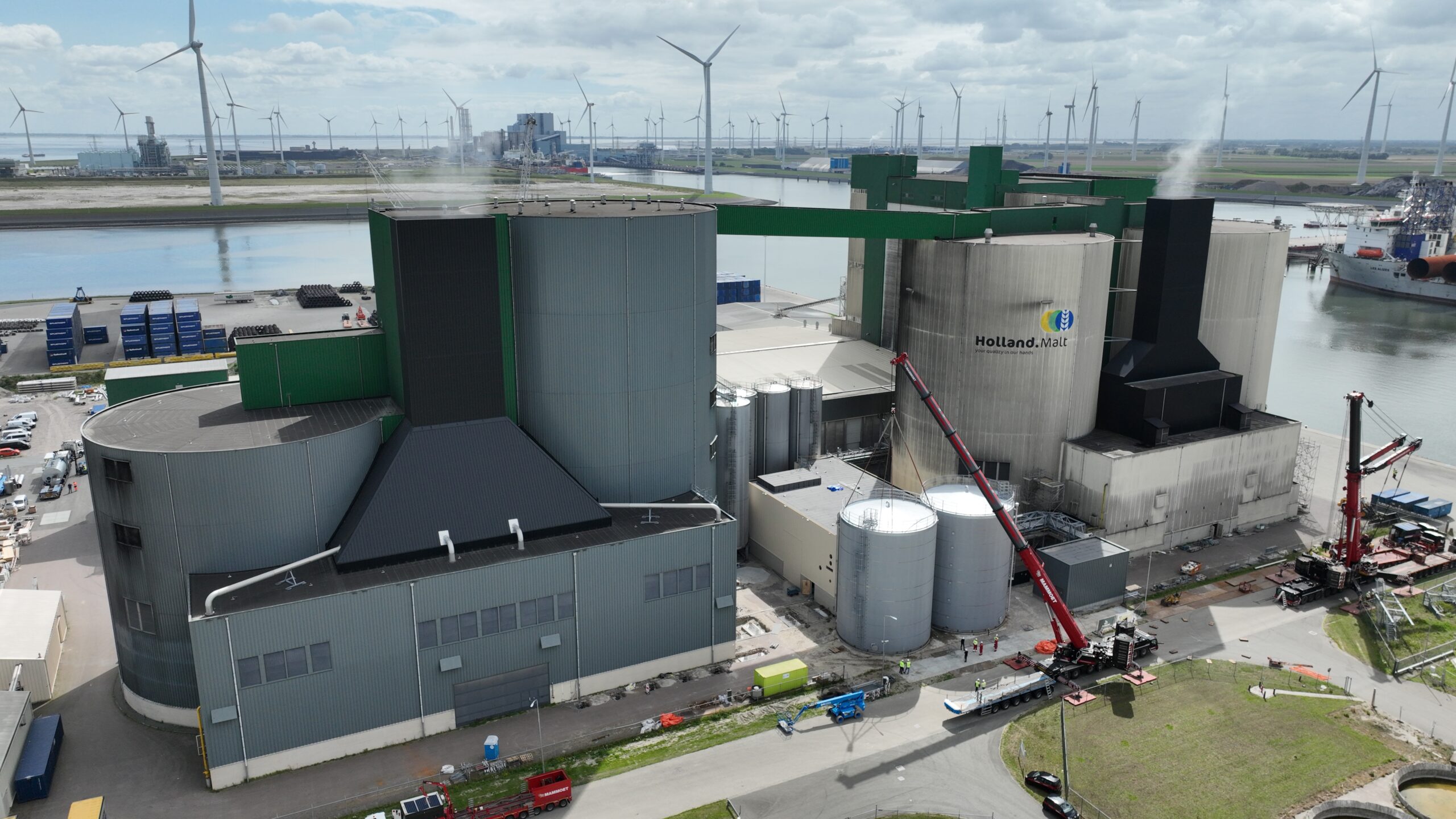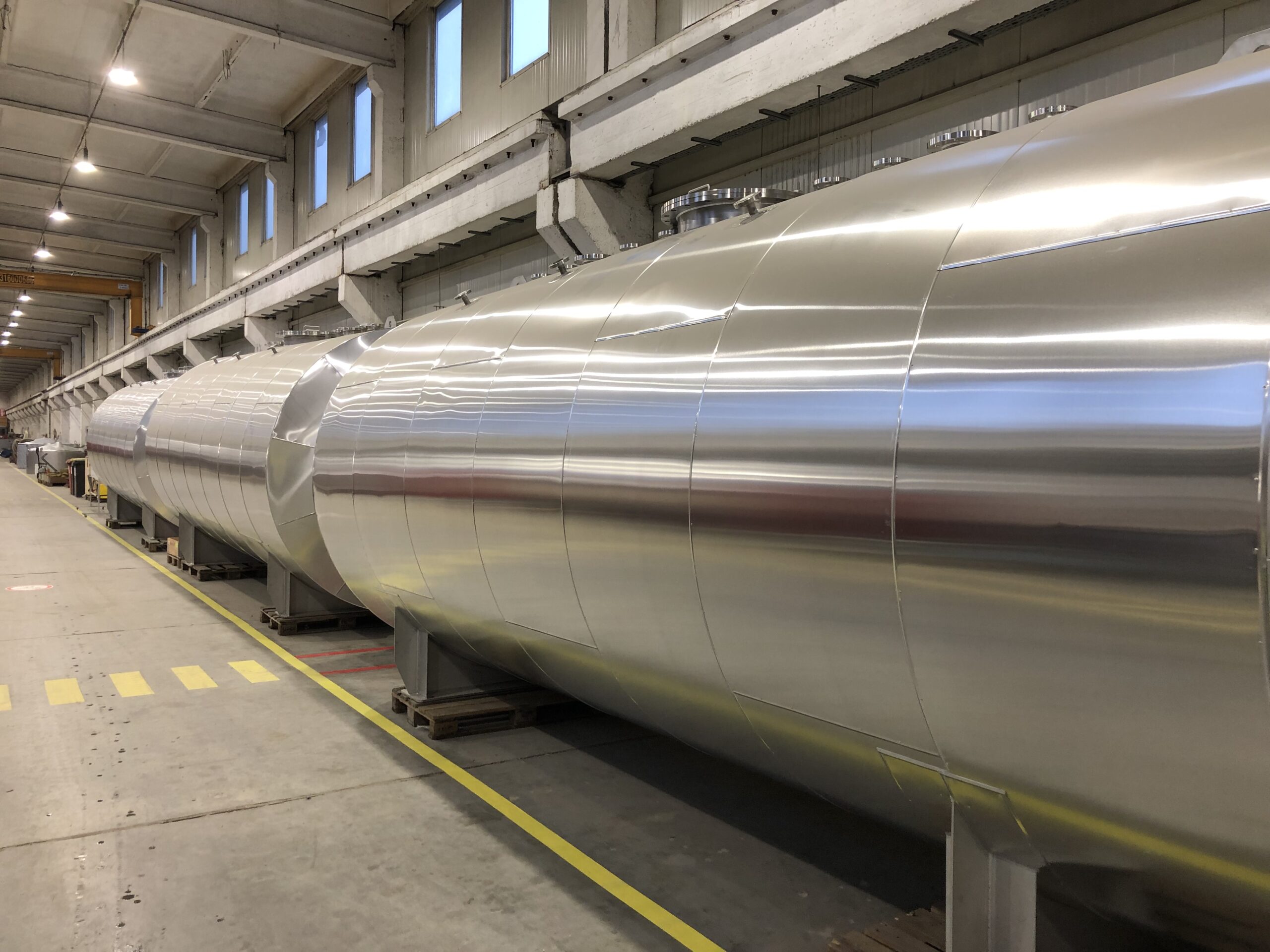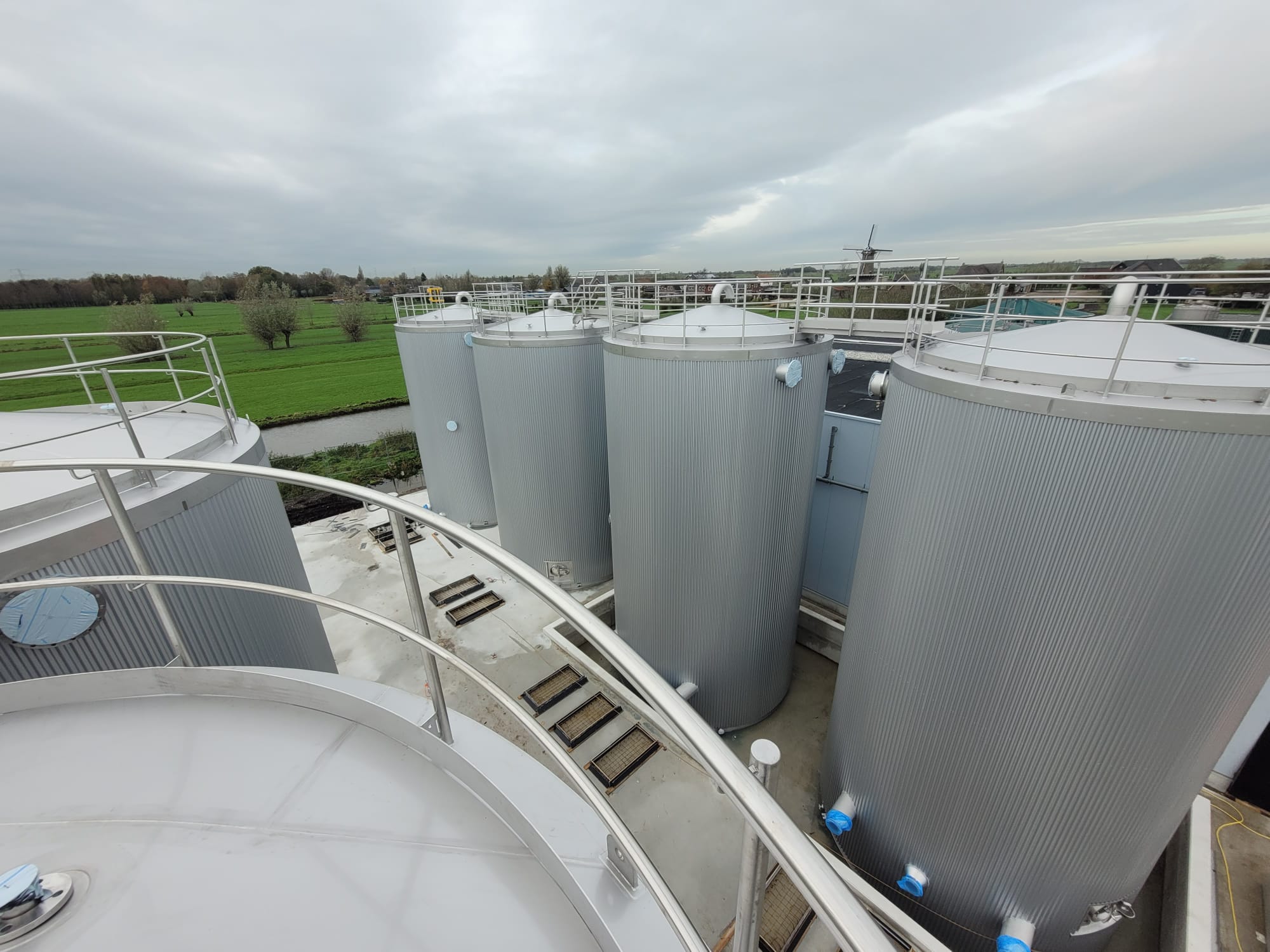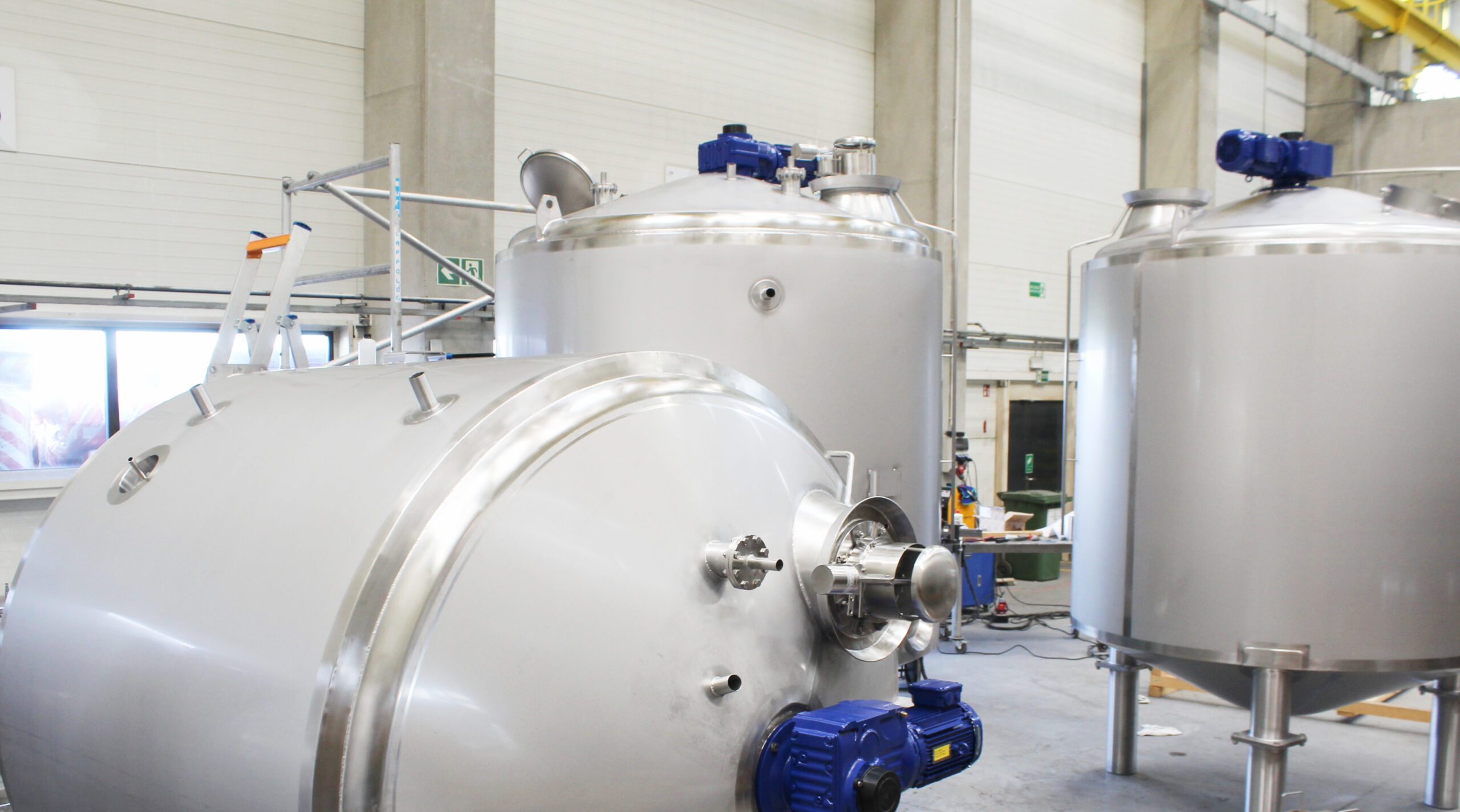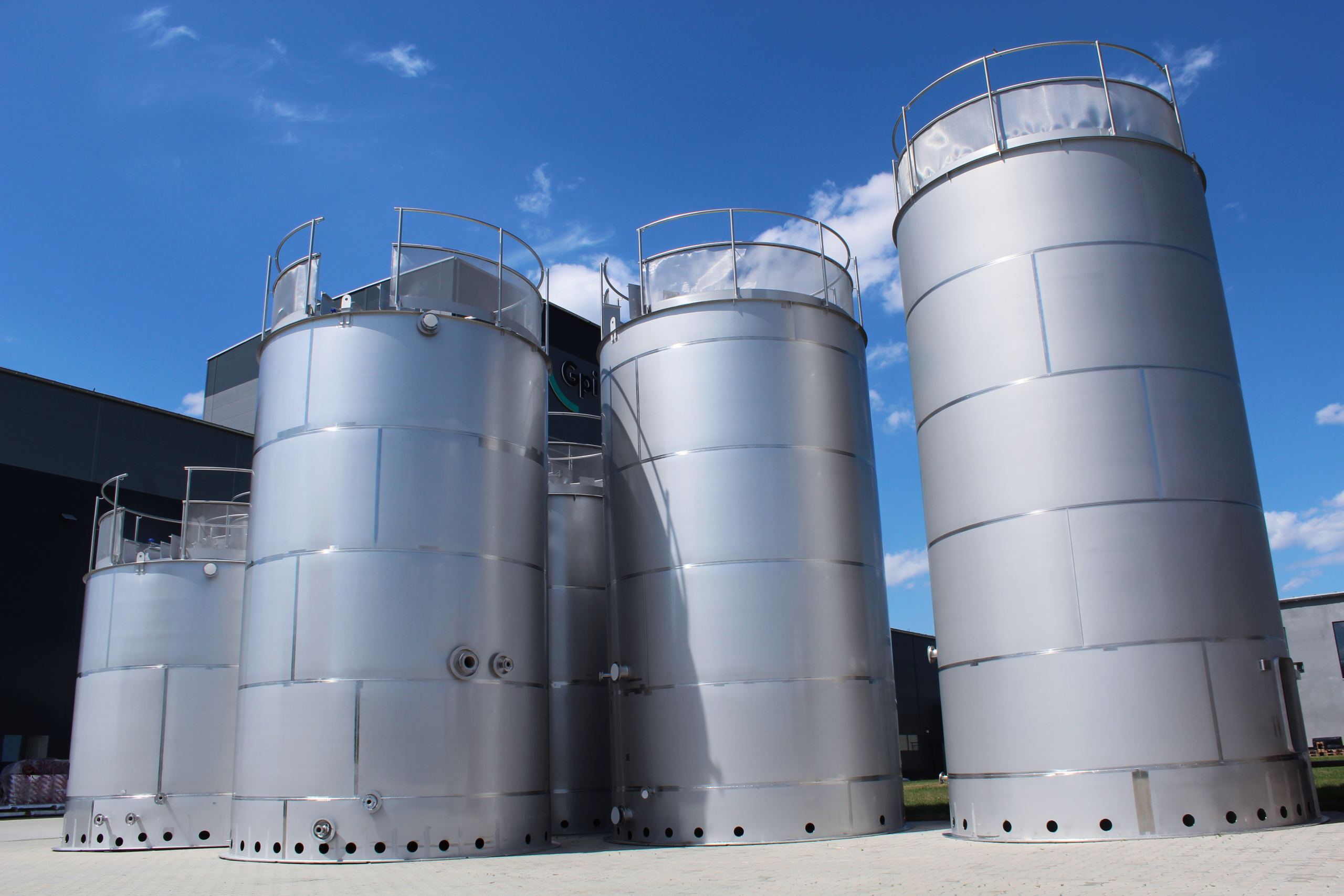Customer story
Municipal Sewer Management: 'With the new stainless steel tanks, our vacuum sewer system will soon be reliable and sustainable'
Gpi Tanks delivers two 8m3 horizontal underground stainless steel sewage tanks
A properly functioning sewer system is essential for wastewater processing. A municipality in the province of Utrecht is working on renovating its existing vacuum sewer system. Due to corrosion of old steel collection tanks, there was a need for new underground sewage tanks.
The reason for the request was explained by the municipal sewer manager: ‘In a part of our municipality, vacuum sewerage was installed. This includes storage tanks that were installed in the 1980s. The end of the lifespan of these tanks is in sight, so we are replacing them in stages. Holes have formed in the old steel tanks, and the connections and pipes were heavily affected by corrosion. For better quality against corrosion, we have now chosen stainless steel because this material is better resistant to it. This led us to Gpi because they are experts in the field of stainless steel tanks. Gpi also offered a good price-quality ratio, which was the decisive factor for awarding the contract.’
'The good price-quality ratio was the decisive factor in choosing Gpi'
About the assignment
Gpi delivered the first new sewer tank at the beginning of last year, and recently, Gpi delivered two more. The tanks are used as the first storage location for wastewater before it is pumped to the wastewater treatment plant. The sewage tanks are made of 316L and are placed horizontally underground. Underground tanks are subject to very strong corrosion due to minerals in the ground. The new tanks have therefore been treated with a very wear-resistant and corrosion-resistant coating. The diameter is 1.8 meters, and they are over 3.7 meters long. What is striking about the tanks is the high-placed manhole on top of the tanks that remains accessible after installation. Furthermore, the tanks are equipped with connections for the incoming and outgoing sewer pipes, the pumps, the sensor, the power supply, and the control.


The execution
The sewer manager is enthusiastic about the execution of the assignment by Gpi: ‘Gpi clearly described what it would deliver and with which specifications and at what time. A clear schedule for engineering and production was also included. Gpi neatly worked out our sketch with dimensions and specifications into 3D models, which we received for verification. After this phase, the tanks went into production in Lopik. At the end of the production process, we were invited for the factory acceptance to view and check the tanks. It was impressive to be able to see the production process of these and other tanks up close.’
Collaboration
‘We are satisfied with the quality and cooperation. It has been a streamlined process where quality was monitored and recorded throughout the production process. After production, we received complete documentation for each tank: the drawing, the material list, the certificate, the user instructions, and the quality reports. Gpi is a fine company with skilled employees who go for quality and know how important cooperation and good communication are.’
'Gpi is a fine company with skilled employees who go for quality and know how important cooperation and good communication are'
The result
The sewer manager tells about the result and the plan for the coming years: ‘In the coming years, we will gradually replace our collection tanks. We have also already placed a follow-up order for two more tanks. Every new tank is a project in itself, in which we also directly check the pumps, power supply, and control. The tanks are located underground after placement – except for the hatch – completely. Perhaps not so enjoyable for Gpi as they are no longer visible, but that doesn’t make them any less important. They are an indispensable part for a properly functioning sewer system. With the new tanks, the reliability and sustainability of our vacuum sewer will improve.’
